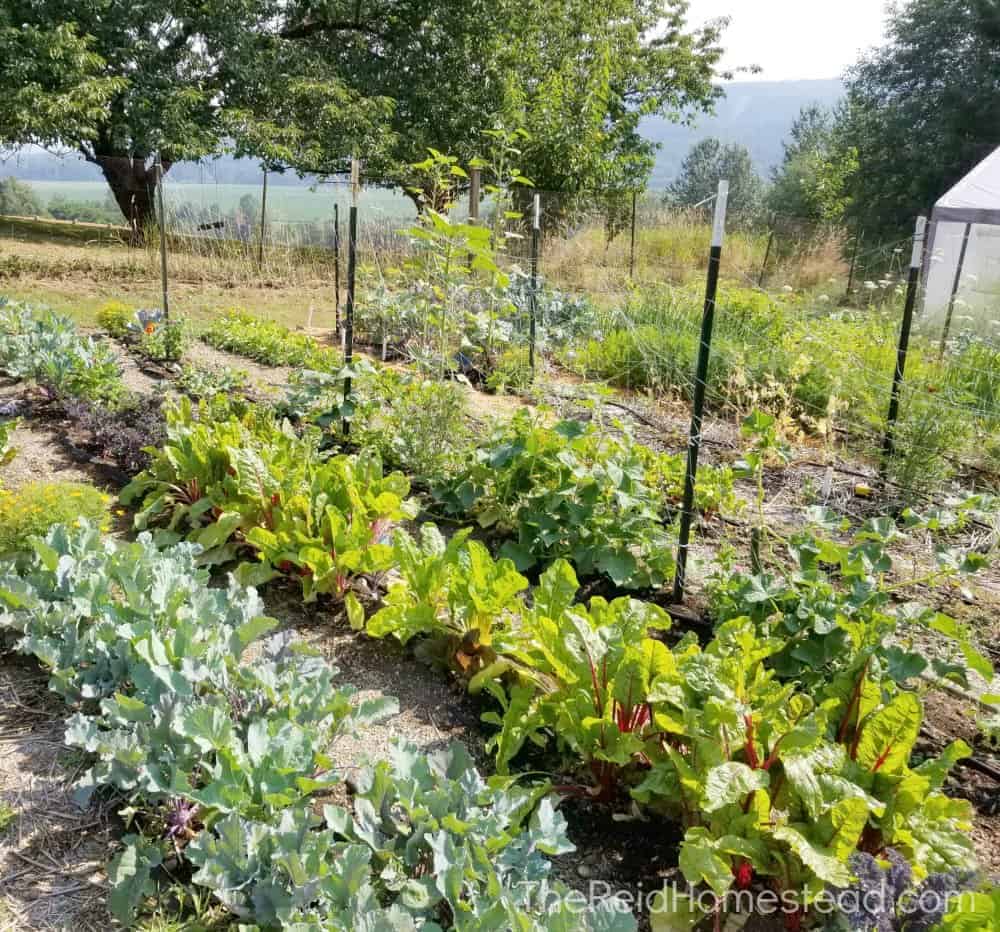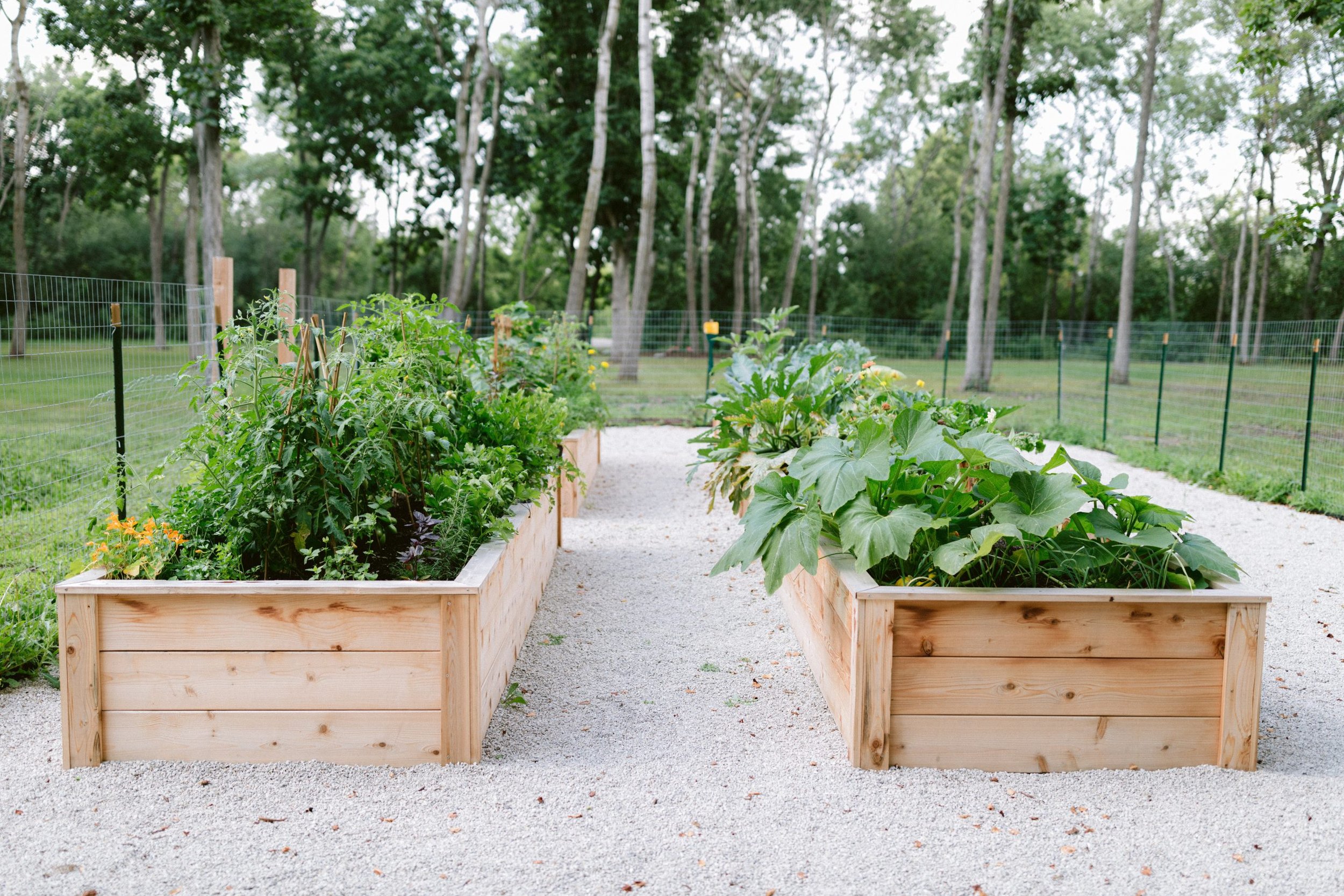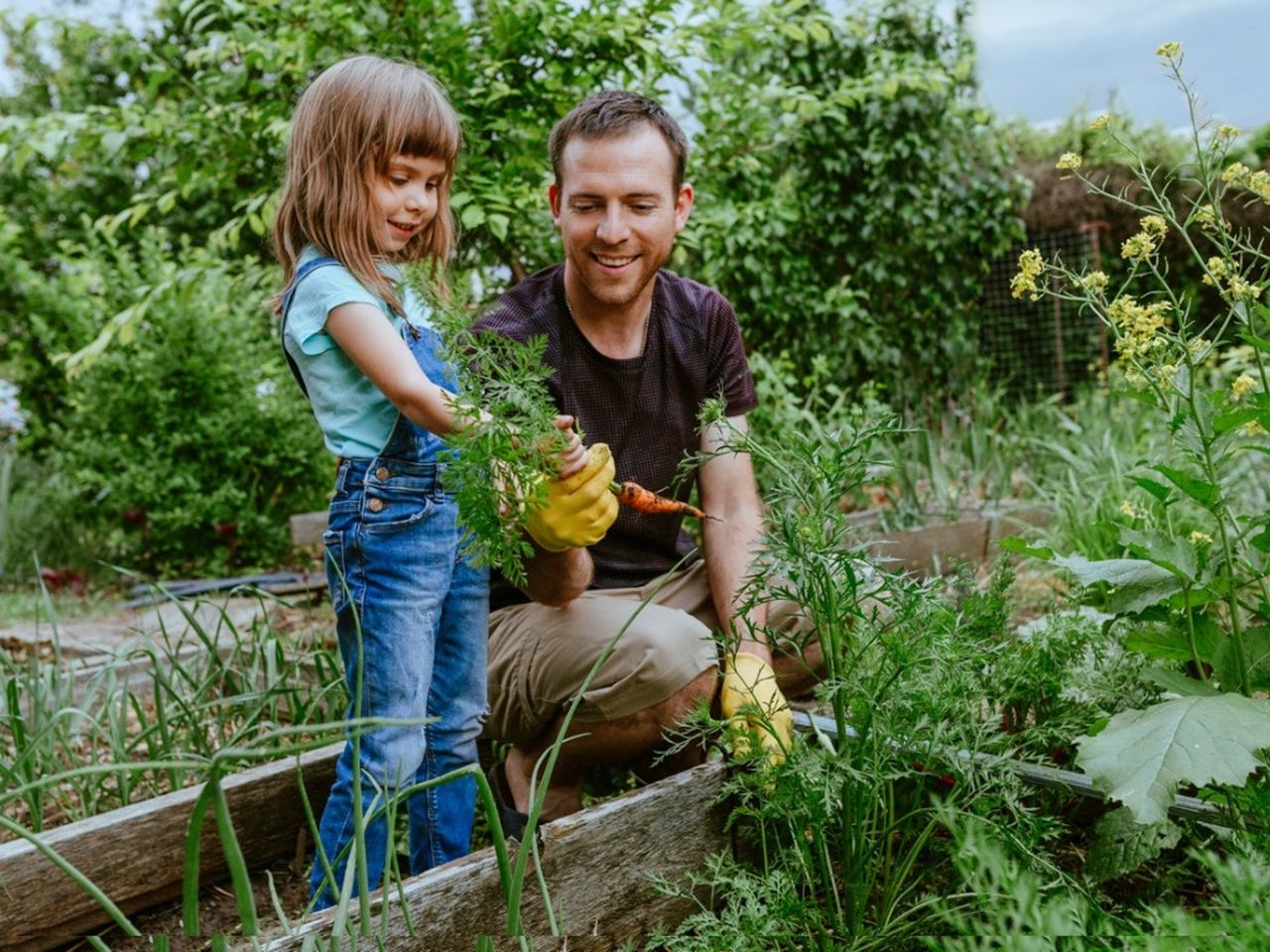Learn Exactly How to Grow a Growing Gardening Setting for All Ability Degrees
Creating a prospering yard is a diverse endeavor that can be welcomed by people at any ability degree. By checking out essential components such as dirt health, proper plant selection, and seasonal treatment regimens, one can develop a lasting gardening method that generates gratifying outcomes.
Understanding Your Garden Room
In the world of gardening, understanding your yard room is paramount to growing a growing landscape (Homestead Gardening). The initial action in this undertaking involves examining the certain qualities of your plot. Aspects such as dirt composition, sunlight direct exposure, and drainage play crucial roles in establishing the suitability of your garden for numerous sorts of plants
Begin by carrying out a dirt examination to assess pH levels and nutrition content, which will educate any kind of necessary amendments. Furthermore, observe just how much sunlight your area gets throughout the day. Different plants have varying light demands; some flourish in full sun, while others prefer partial or full shade.

Lastly, assess the available space and strategy as necessary. This consists of considering plant heights and spread to make certain ample area for development without overcrowding. By gaining a detailed understanding of your garden space, you established the structure for a successful gardening experience.
Picking the Right Plant Kingdoms
Picking the right plants for your yard requires careful factor to consider of different elements, consisting of environment, dirt conditions, and individual preferences. Start by analyzing your neighborhood climate, as particular plants thrive specifically temperature ranges and climate patterns. For example, exotic plants might not endure in colder regions, while sturdy perennials can endure rough winters.

Consider your individual preferences, consisting of visual charm and upkeep levels. Make a decision whether you prefer lively flowers, rich vegetation, or edible crops. Furthermore, factor in the moment and effort you are ready to purchase plant care, as some selections demand more interest than others.
Last but not least, believe concerning the garden's design and light direct exposure. Sunshine patterns throughout the day will influence your options-- some plants require full sunlight, while others grow in shade. By thoughtfully examining these components, you can develop a effective and unified garden tailored to your atmosphere and preferences.
Necessary Horticulture Devices
A well-appointed garden enthusiast can significantly enhance their gardening experience and results. Vital horticulture devices are basic to growing an effective garden, despite skill level. A sturdy spade is important for digging and transforming dirt, while a trowel enables for exact planting and transplanting of smaller sized plants.
Trimming shears are crucial for preserving plant health by removing dead or thick branches, advertising much better air circulation and development. In addition, a hand rake works for clearing particles and aerating the soil, making certain optimal problems for plant origins.
Gardening gloves protect hands from chemicals, sores, and thorns, making them a crucial accessory. A watering can or tube with a flexible nozzle guarantees that plants obtain appropriate moisture without overwatering.
Last but not least, think about investing in a tough wheelbarrow for transporting dirt, plants, and tools around the yard efficiently. By constructing a high quality toolkit that consists of these necessary items, garden enthusiasts can deal with various tasks with self-confidence and simplicity, leading the way for a growing gardening atmosphere. Remember, the right tools not just improve effectiveness but likewise boost the total enjoyment of the gardening procedure.
Soil Preparation and Upkeep
Quality soil is the foundation of a successful yard, making correct preparation and maintenance critical for healthy plant growth. The initial step in soil preparation entails testing its pH and nutrient levels. This can be accomplished via soil testing kits readily available at gardening centers or with expert solutions. Based upon the test results, amendments can be made to optimize soil conditions for certain plant needs.
Including natural issue, such as garden compost or well-rotted manure, is essential for improving soil framework and fertility. This not just boosts vitamins and mineral schedule yet additionally advertises valuable microbial task. Additionally, appropriate drain is important; heavy clay soils might need the addition of sand or perlite to improve aeration.
Routine upkeep of soil health and wellness includes mulching, which conserves wetness and subdues weeds. In addition, revolving plants every year assists stop nutrient exhaustion and decreases insect and disease risks. It is also important to stay clear of over-tilling, which can interrupt soil framework and visit this site damage valuable microorganisms.
Inevitably, a consistent dedication to dirt prep work and upkeep will certainly lead to a flourishing yard, making sure that plants get the important nutrients they require for durable development and performance.
Seasonal Care and Management

In springtime, concentrate on growing new seeds and seed startings, while also performing soil examinations to amend nutrient shortages. Consistently inspect for parasites and illness, as these can multiply with the warming weather. Summertime needs constant watering and mulching to maintain moisture, together with trimming for better air flow.
As fall approaches, it's time to prepare the garden for inactivity. This includes gathering plants, cleaning up debris, and applying a layer of compost to protect plant roots from frost. Think about growing cover crops to enrich the dirt throughout the winter season.
Inspect structures like greenhouses for damage and make sure appropriate insulation for delicate plants. By adjusting your horticulture techniques to the seasonal cycles, you can cultivate a flourishing atmosphere that look at this web-site supports plant health and wellness year-round.
Final Thought
In conclusion, growing an effective garden calls for a detailed understanding of vital principles such as dirt structure, sunlight exposure, and appropriate plant option. Routine seasonal care and monitoring practices better improve plant health explanation and performance.
Picking the right plants for your garden calls for cautious consideration of different factors, consisting of climate, dirt conditions, and personal choices. Conduct a soil examination to identify pH degrees and nutrient web content, which will lead you in selecting plants that will prosper in your garden.Last but not least, consider spending in a sturdy wheelbarrow for delivering soil, plants, and tools around the garden effectively.Quality dirt is the foundation of an effective garden, making appropriate prep work and maintenance important for healthy and balanced plant development. Homestead Gardening.In final thought, growing a successful yard calls for an extensive understanding of necessary principles such as soil structure, sunlight direct exposure, and ideal plant selection